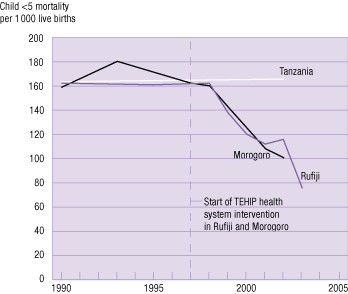dept | resources | glossary | credits | feedback | help | search |
|||
 |
|||
 |
|||
 |
|||
| The Harriet and Robert Heilbrunn Department of Population and Family Health |
|||
 |
|||
| intro | use demographic stats
| rates & indices | measures of the total population | conclusion | exam |
|||
IntroductionThis module is one of a series of building-blocks self-learning
modules designed for students within the Heilbrunn
Department of Population and Family Health. Satisfactory completion of the module requires passage of an online examination with a score of 80% or better. Should you receive a score below 80%, please contact Lynne Loomis-Price at ll2295@columbia.edu, so that your test may be reset. It should take you approximately three hours to complete the module. The outside links included in the module are for your information and interest. For the exam, you are only responsible for the information provided in the module itself. Although there is no time limit on the exam, CourseWorks times out after three hours. You should plan to complete the test in one sitting; it does not allow you to save some answers and return later to finish. This module makes use of internet browser pop-ups. Please make sure your browser settings allow for pop-up windows.
What is demography?Demography is the study of the size and characteristics of human populations, methods of population measurement and the changes in population dynamics. The most important aspect of a population is its age structure. Because the probabilities of marrying, giving birth, migrating, and dying vary significantly by age, demographic rates are commonly age-specific. The key demographic rates used to characterize population dynamics are fertility, mortality, and migration. Age distributions, sex ratio, marriage and divorce rates, and social mobility can be used to further explore population change. Learning objectivesUpon successful completion of this module students will:
Table of Contents
continue to... How can you use demographic statistics in public health programs and studies? |
|||
 |
|||
